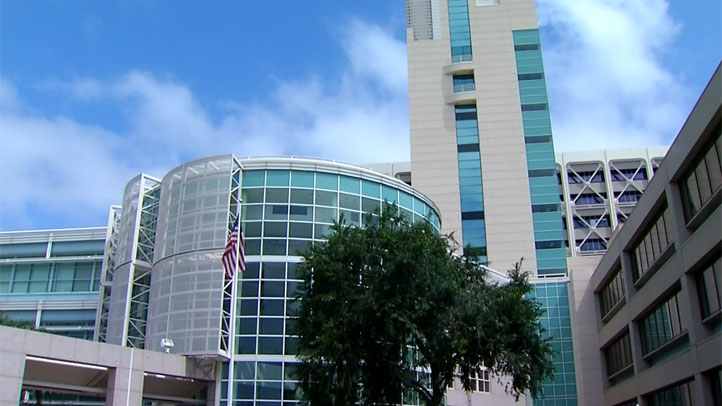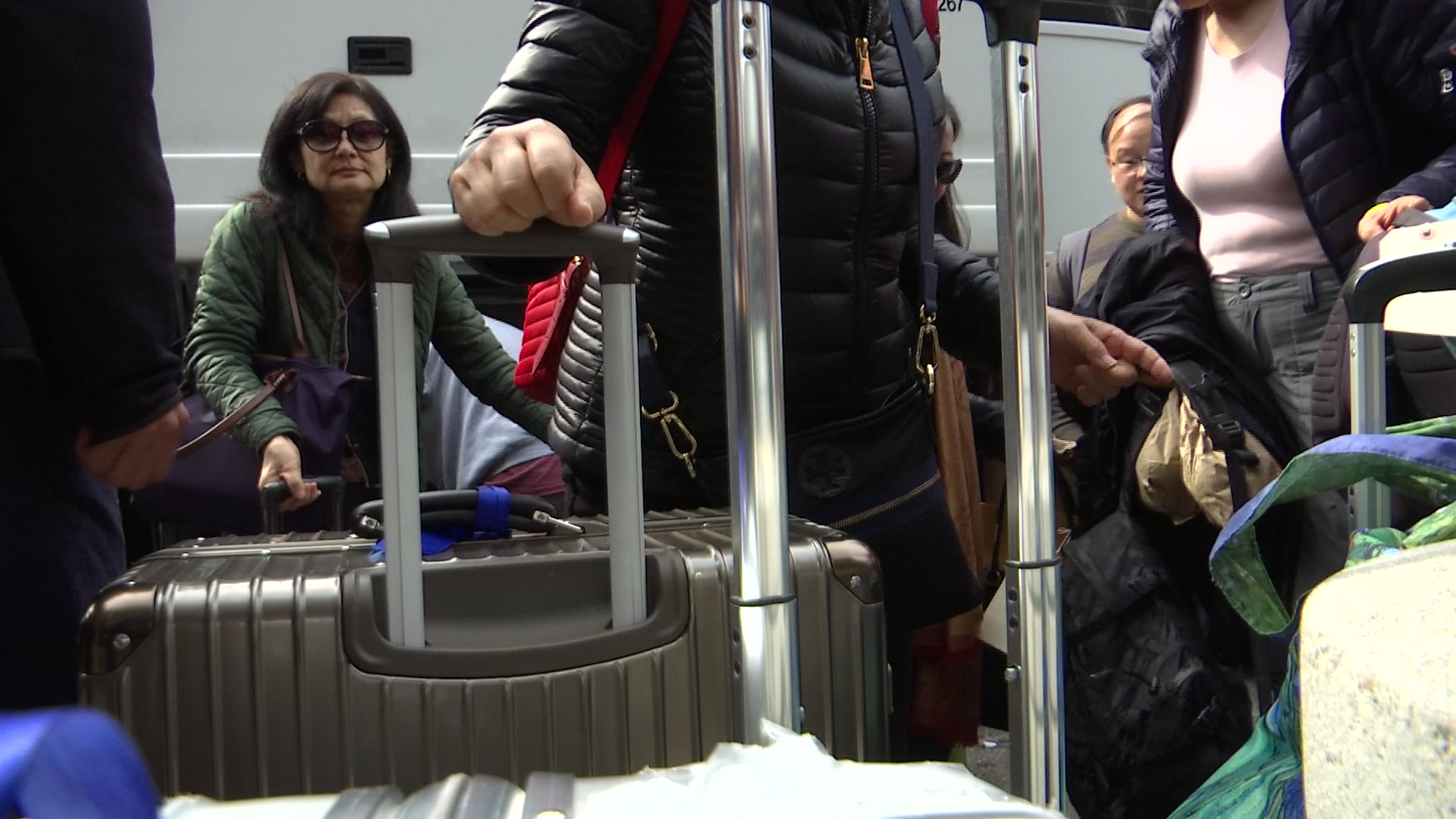A new virus originating from China has made its way to San Diego County with two confirmed cases and hundreds of residents under supervision since the deadly outbreak began late last year.
The coronavirus, also known as COVID-19, was isolated at a Miramar military base and nearby hospitals during a federal quarantine in the middle of February, but San Diego health officials have conducted 338 tests on residents and travelers outside of that zone, as of Feb. 21.
Of the 338 patients being monitored, 134 have been deemed virus-free. The results for the remaining patients are still pending, according to the county.
And while the Centers for Disease Control and Prevention oversaw the quarantine of U.S. citizens in a small environment like Marine Corps Air Station Miramar, the County Health and Human Services Agency was left to monitor San Diego residents and travelers. But how exactly does the agency track and test potential cases in an open and vast county like San Diego?
When a person arrives at San Diego International from China, other than the Hubei province, two things can happen: if they don’t have symptoms, the person is “self-quarantined” at their home for 14 days to monitor themselves; or if they do have symptoms, the person is asked to call the county’s health department to see if they qualify for further testing.
If the Health and Human Services Agency and CDC determine that a person with symptoms should be investigated, the patient is isolated at a San Diego hospital for testing, the county said.
Once at the hospital, if a patient has “severe” symptoms, they remain in isolation. If the patient has “mild” symptoms, the patient will be moved to their own home to continue out a 14-day self-isolation, under the county’s supervision.
San Diego County said symptoms of COVID-19 include fever, coughing, and shortness of breath.
If a patient’s test results come back negative, they will continue a home quarantine for two weeks since they were first tested as a precaution, the county said.
The county released the following requirements for self-observation:
- Remain alert for possible symptoms
- Take temperature twice a day and record it in a log
- Remain within the home for as much as possible
- Avoid public groups or activities
- Wash hands thoroughly with soap and water
The Health and Human Services Agency stays in contact with each patient every day during the two-week self-quarantine. The department will record any changes in symptoms.
If a patient’s test results come back positive, they will be isolated at a hospital for treatment.
The first confirmed case of coronavirus in the U.S. was reported on Jan. 21 in Washington state. Five days later, the virus popped up in California – in the Orange County area – for the first time. It wasn’t until early February that a case was confirmed within San Diego County, though the patient was a part of a quarantine of U.S. citizens fleeing Wuhan, China, at MCAS Miramar. Three days later, on Feb. 12, the CDC confirmed a second case of COVID-19 in San Diego County, again within the quarantined group.
The U.S. citizens fleeing the epicenter of the coronavirus were transported on two planes that landed at MCAS Miramar for a 14-day quarantine. During that time, two cases were confirmed among the evacuees and several more were tested but their results were negative. On Feb. 19, one of the two patients with COVID-19 fully recovered and was released from the hospital. The following day, all but two evacuees had successfully completed their quarantine and had left the military base to return to their homes strewn across the country. The two patients left from the groups fleeing China include the last remaining confirmed case of coronavirus and another patient undergoing further tests.
The CDC released the following steps to combat the possible spread of coronavirus:
- Wash hands with soap and water for at least 20 seconds
- Avoid touching eyes, nose, and mouth with unwashed hands
- Avoid close contact with people who are sick
- Stay home when sick
- Cover cough or sneeze with a tissue, then throw the tissue in the trash
- Clean and disinfect frequently touched objects and surface




